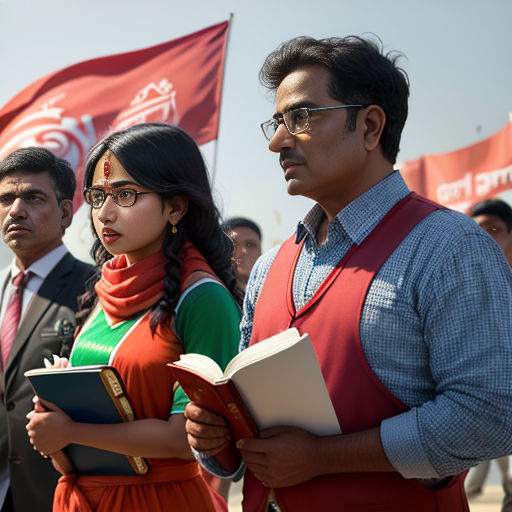
The United Bengal Chronicles
By Benjamin Pier

05 Jul, 2024

In the alternate universe, Bangladesh and West Bengal merged to form a new nation, United Bengal. The unification brought together two regions with a shared history and cultural heritage, promising a new era of shared prosperity.
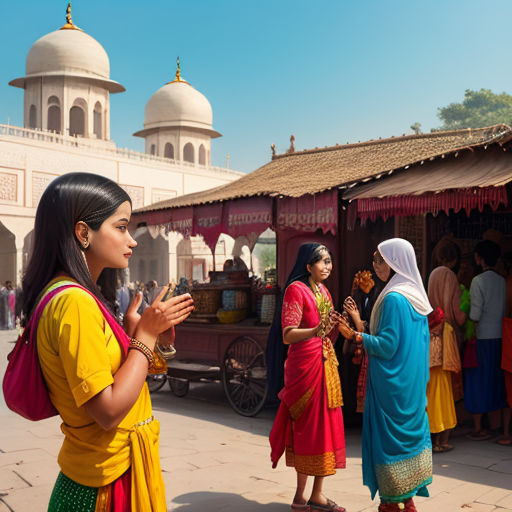
United Bengal was a blend of diverse cultures, languages, and religions. The country was predominantly Bengali-speaking, with a significant number of Urdu, Hindi, and other minority language speakers.
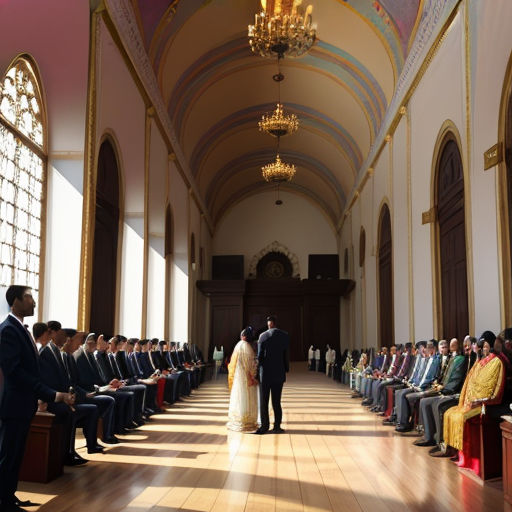
The politics of United Bengal were complex and dynamic. The country was a parliamentary democracy with a president as the head of state and a prime minister as the head of government.
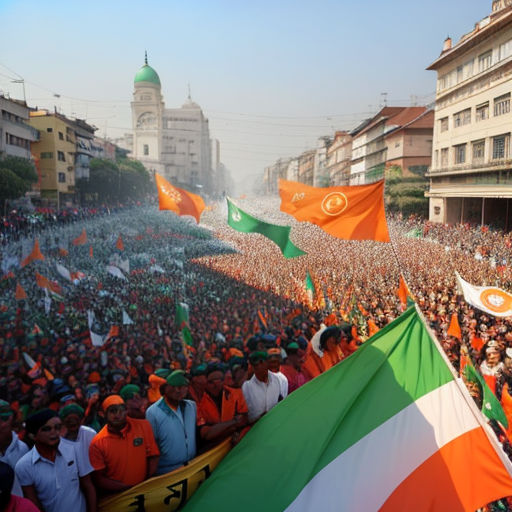
United Bengal's major political parties were the Awami League, Trinamool Congress, and the Bharatiya Janata Party. Each party had its stronghold areas and distinct political ideologies.

The Awami League, originating from Bangladesh, advocated for socialism and secularism. The party had a significant following in rural areas and among the working class.
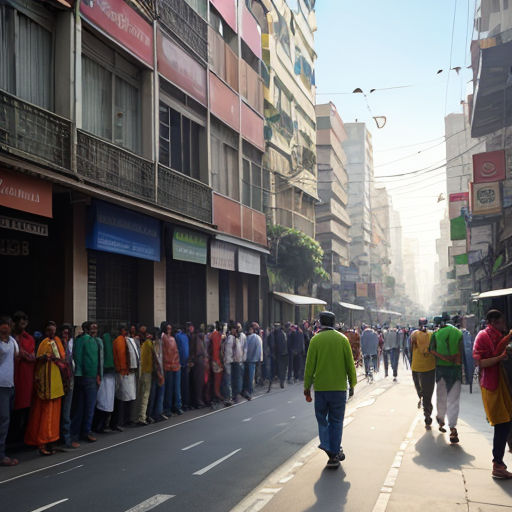
The Trinamool Congress was the dominant party in West Bengal. It promoted economic liberalization and modernization, appealing to the urban middle class.
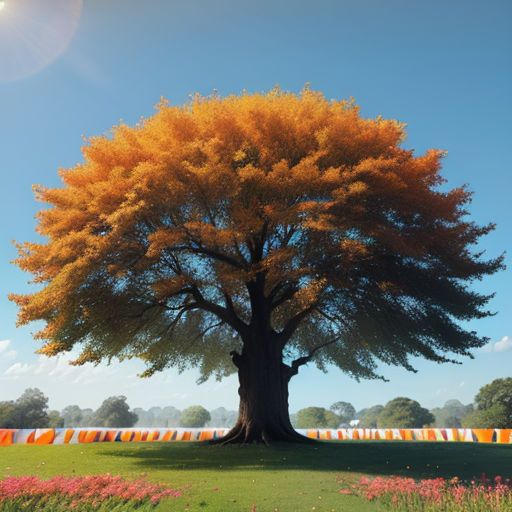
The Bharatiya Janata Party, with its roots in India, proposed a strong central government and conservative social policies. It had a strong base among the Hindu majority.
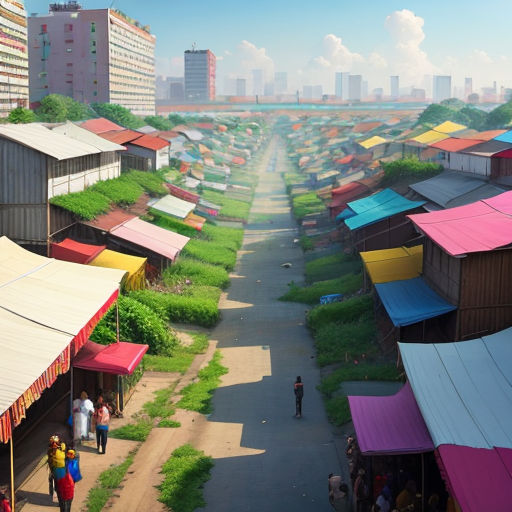
United Bengal was a rapidly developing country. The economy was mainly based on agriculture, textiles, and information technology. The country was a significant exporter of jute and tea.

The society of United Bengal was a mixture of traditional and modern values. The people were known for their hospitality, love for literature and music, and religious tolerance.
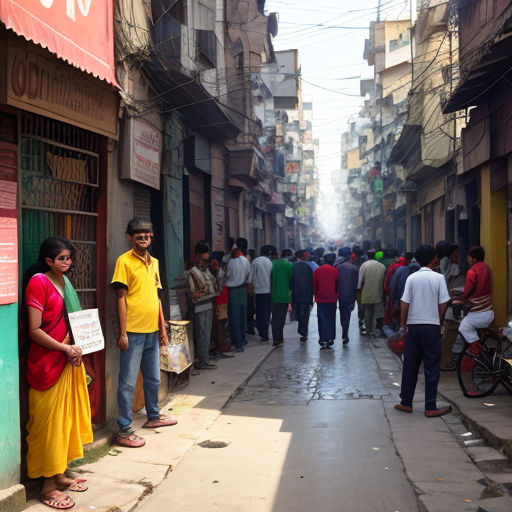
Despite its many strengths, United Bengal faced numerous challenges. There were ongoing tensions between different religious and ethnic groups, and the country struggled with economic inequality.

One of the most divisive issues in United Bengal was the question of national identity. Many people identified strongly with their Bangladeshi or West Bengali heritage, leading to occasional clashes.
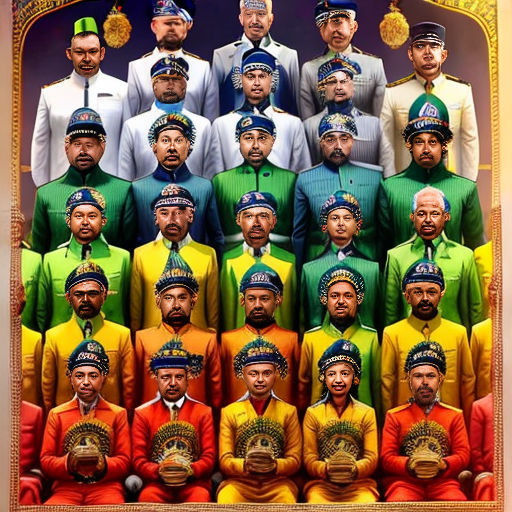
The government of United Bengal took several measures to promote national unity. They introduced policies to ensure equal representation of all ethnic and religious groups in government and public institutions.
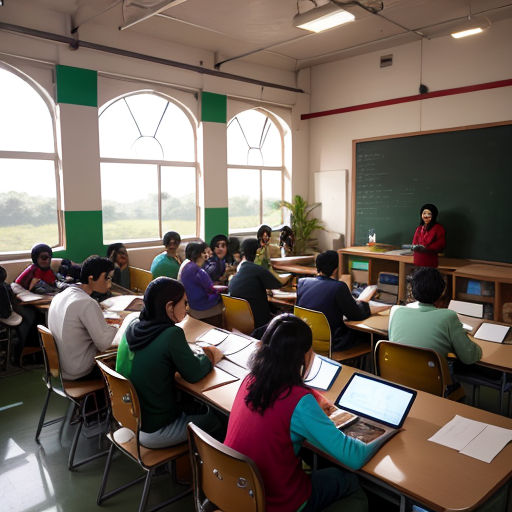
The education system of United Bengal played a crucial role in promoting social harmony. Schools taught students about the shared history and culture of Bangladesh and West Bengal, fostering a sense of common identity.
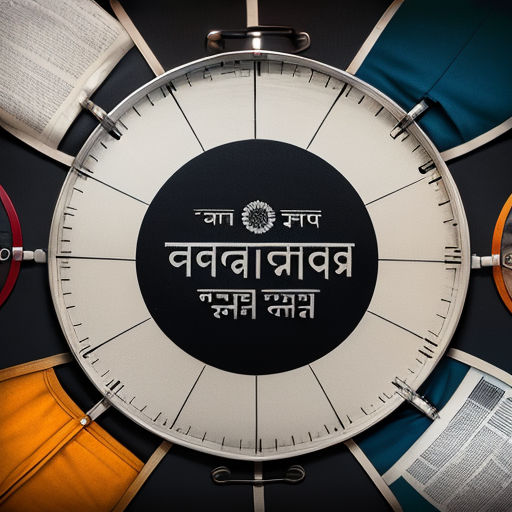
The media in United Bengal also played an essential role in promoting national unity. Newspapers, radio, and television stations broadcasted programs in multiple languages, reflecting the country's diversity.

Despite the challenges, the people of United Bengal remained hopeful. They believed in the promise of a united nation, where diversity was not a source of division but strength.
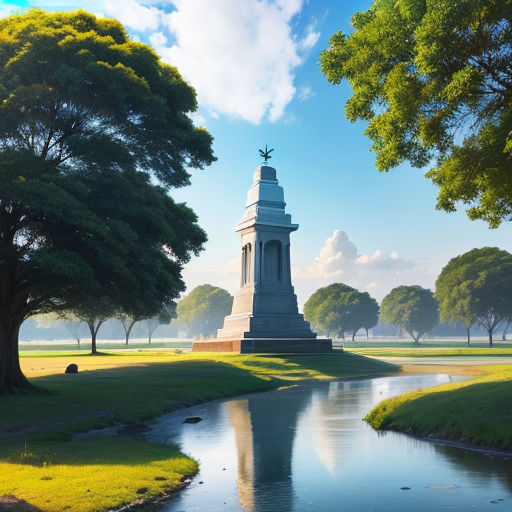
United Bengal's journey was marked by struggles and triumphs. The nation faced numerous challenges, but it also achieved significant milestones. It was a testament to the resilience of its people.

Over the years, United Bengal made significant strides in social and economic development. The country improved its infrastructure, healthcare, and education system, raising the standard of living for many of its citizens.
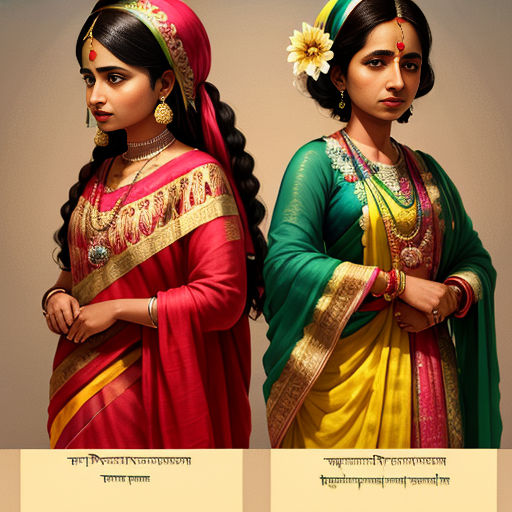
United Bengal also made progress in promoting women's rights. The government introduced policies to increase women's participation in politics and the workforce, leading to greater gender equality.
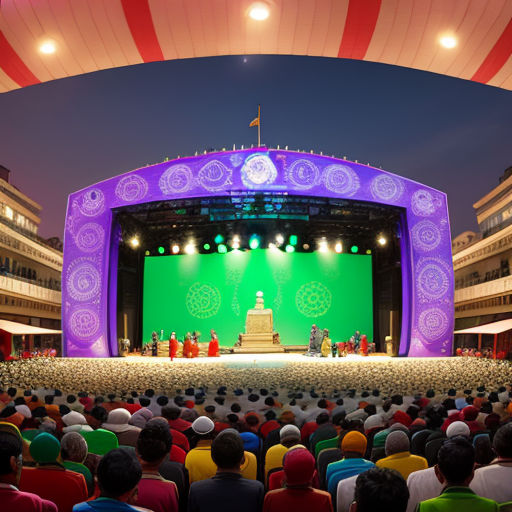
United Bengal's success was not just economic. The nation also made significant contributions to the world of arts and culture. Its literature, music, and films gained international recognition.
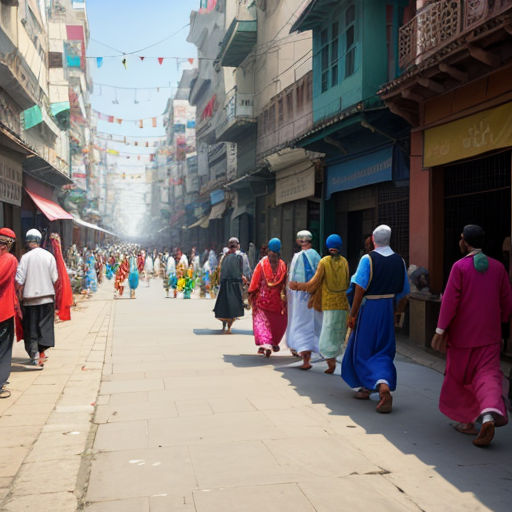
United Bengal was a nation that celebrated its diversity. It was a place where people of different religions, languages, and cultures coexisted peacefully, contributing to a rich and vibrant society.

United Bengal was a testament to the power of unity. The nation showed that despite differences in language, religion, and culture, people could come together to build a prosperous and harmonious nation.
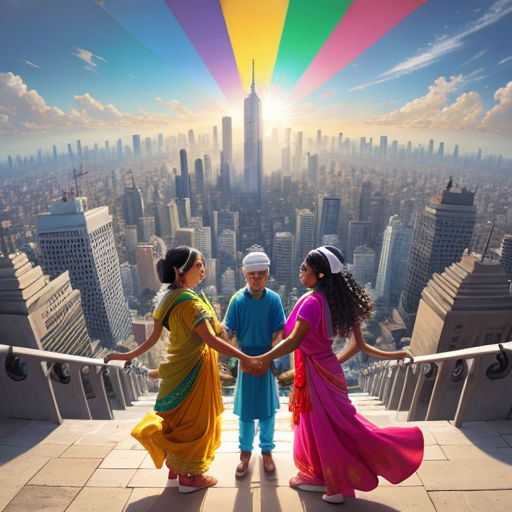
The story of United Bengal was a story of hope. It was a story of people overcoming their differences to build a better future. It was a story of unity in diversity.
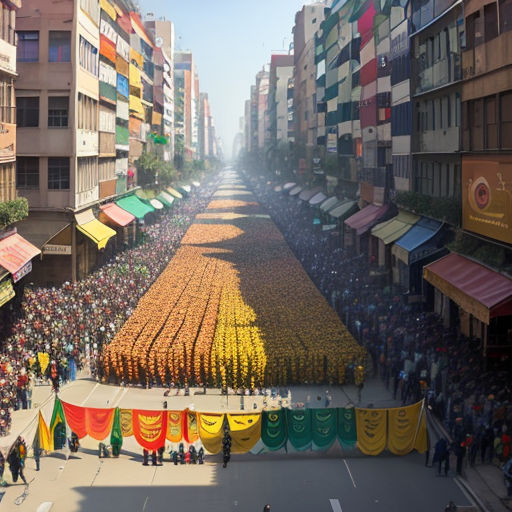
The journey of United Bengal was not easy. There were obstacles and setbacks, but the people of United Bengal persevered. They believed in their shared vision of a united and prosperous nation.
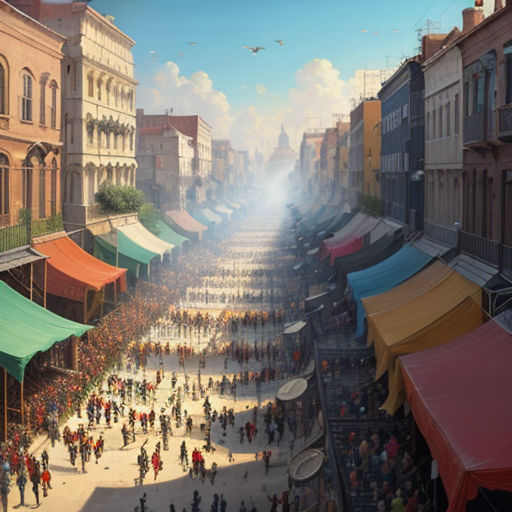
The story of United Bengal is a reminder that unity is strength. It shows that when people come together, they can overcome any challenge. It is a story of hope and resilience.
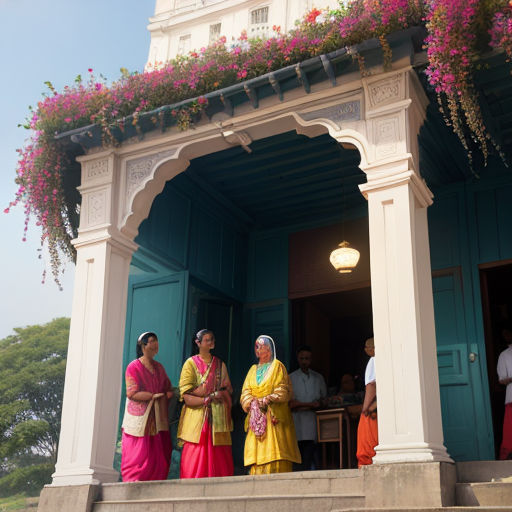
United Bengal is a nation that has proven that unity can bring prosperity. The story of United Bengal is a story of unity, struggle, and triumph. It is a story that continues to inspire.
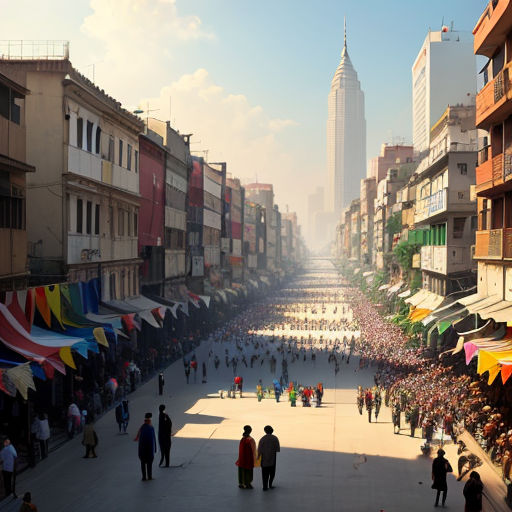
In the end, United Bengal stands as a testament to the power of unity and resilience. It is a beacon of hope for other nations, showing what can be achieved when people come together.